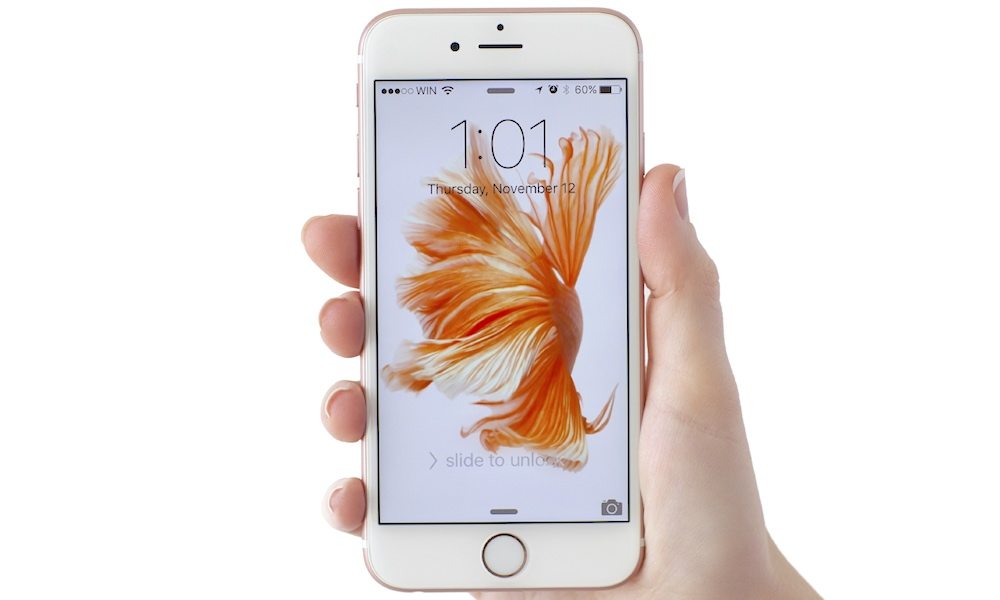More Credible Rumors Cite Apple to Invest in Super High-Quality AMOLED Displays

Toggle Dark Mode
Although we’ve heard a number of rumors recently, speculating about Apple’s plans for future iPhone display panels, this one, in particular, carries a bit of credibility given the company’s long-standing relationship with the Taiwanese supplier.
Citing various local media reports on the matter, Focus Taiwan has recently claimed that Apple is planning to make an investment in display supplier AU Optronics, with the intent of enabling the company to produce and supply AMOLED display panels for future iPhones.
 AU Optronics, who already supplies AMOLED displays to the likes of Huawei and TCL, has reportedly been working to develop and enhance its AMOLED display technology for over a decade already. And, along the way, the company has even acquired a rich portfolio of patents associated with such technology.
AU Optronics, who already supplies AMOLED displays to the likes of Huawei and TCL, has reportedly been working to develop and enhance its AMOLED display technology for over a decade already. And, along the way, the company has even acquired a rich portfolio of patents associated with such technology.
As we reported just recently, Apple is rumored to be employing AMOLED display technology in a future iPhone — perhaps even one launching as early as 2018. Apple has also reportedly been in talks with other AMOLED suppliers, as well, such as Samsung, LG Display, and JDI. (LG Display is the current supplier of AMOLED displays used in the Apple Watch.)
Another recent report claimed that Apple is working on a completely new display technology at a secret facility in Taiwan.
As the situation stands, it’s pretty clear that Apple will be adopting, at the least, an OLED display in its future iPhone line. However, we still don’t know exactly when that transition from the company’s current, IPS LCD panels to OLED will take place.
For comparison purposes, AMOLED displays — in relation to the LTPS based IPS-LCD displays being used in current iPhones — offer far better viewing angles, deeper contrast, and are more power efficient, in some cases, mainly in light of their deep, pixel-independent blacks. On the other hand, however, AMOLED panels are notorious for having “burn-in” issues within the second or third year of regular usage, which might not bode well with most iPhone customers, who typically like to keep their devices much longer than that.
So it only makes sense, in this case, for Apple to place a higher importance on the quality of technology powering its potential iPhone AMOLED displays — if indeed the company is hoping to make the switch down the road.
What are your opinions? Would you like to see an AMOLED display used on a future iPhone? Let us know in the comments below!
[The information provided in this article has NOT been confirmed by Apple and may be speculation. Provided details may not be factual. Take all rumors, tech or otherwise, with a grain of salt.]






